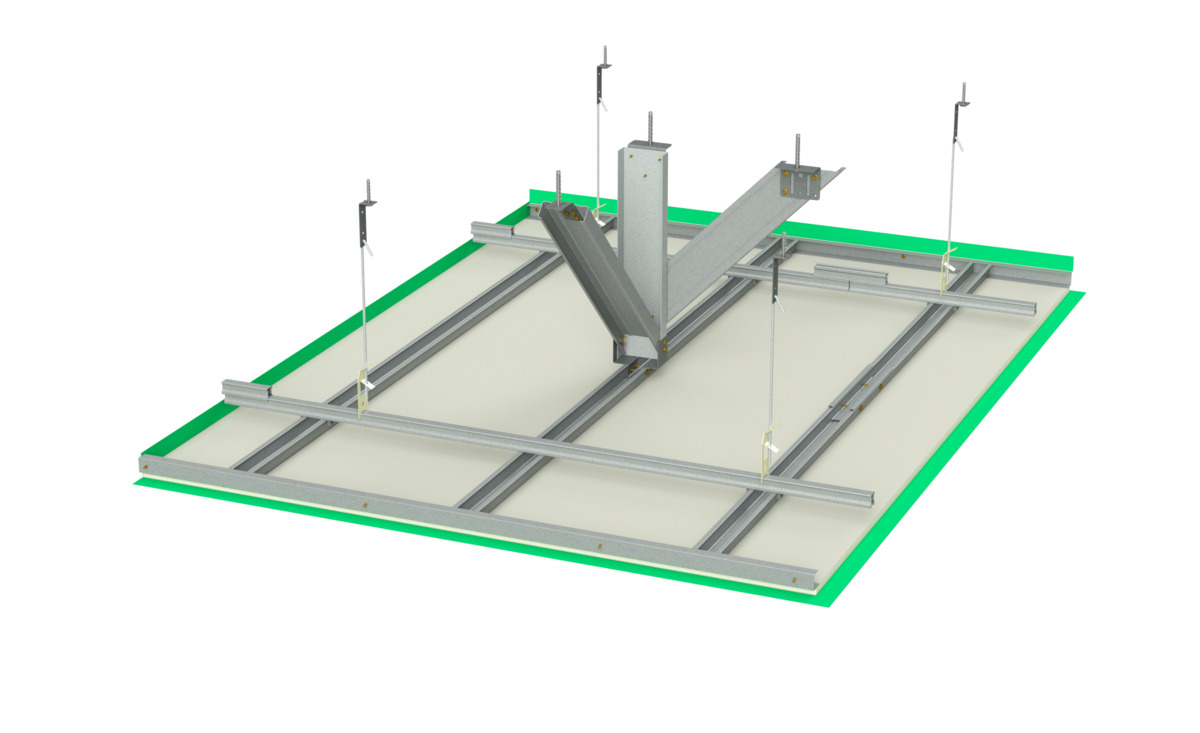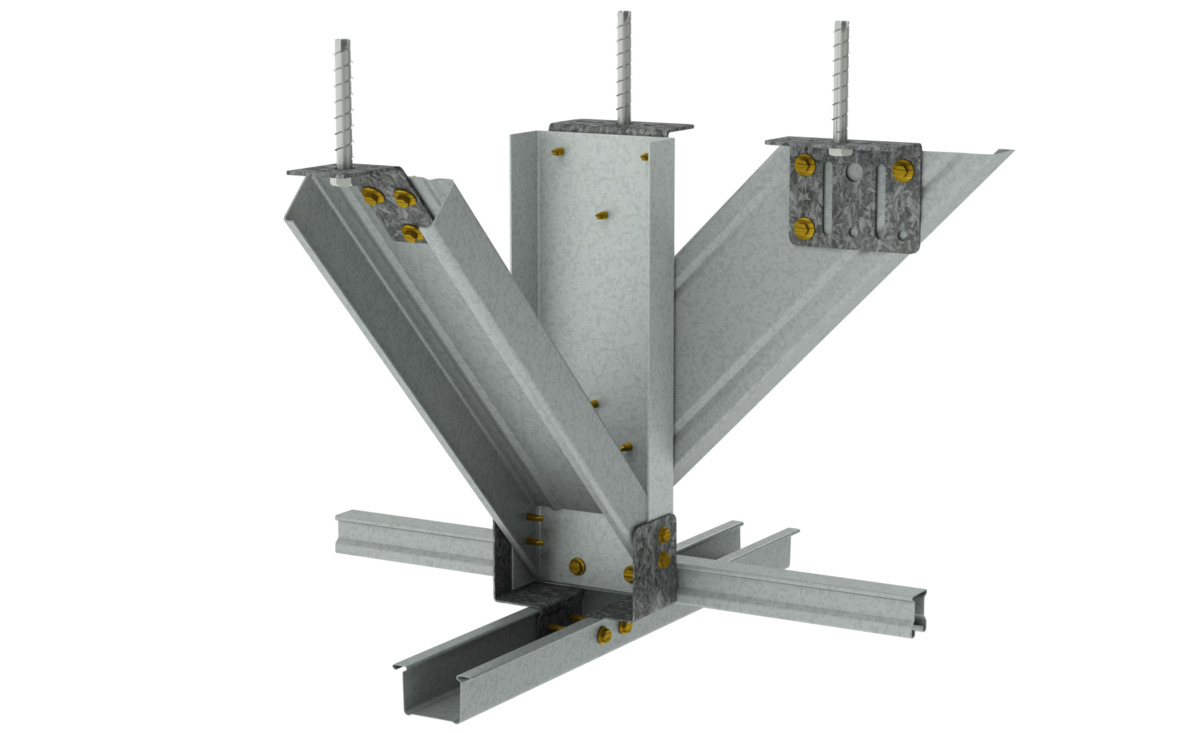Seismic Ceiling Systems
Non-structural components and fastenings, including suspended ceilings, need to be designed for earthquake forces as required by the NCC.
Both the structural and non-structural components of a building need to remain stable in the event of an earthquake as it significantly reduces the number of injuries or fatalities.
The following seismic standards are applicable in ceiling design:
- AS 1170.4 Structural design actions (Earthquake actions in Australia) govern the seismic design of ceilings, and are referenced in the National Construction Code.
The NCC Volume One contains a Performance Requirement (BP1.1) that requires Class 2 to 9 buildings to perform adequately under all reasonably expected design actions, including earthquake actions. The corresponding Deemed-to-Satisfy (DTS) Provision for earthquake actions is B1.2, which references AS 1170.4.
- A suspended ceilings standard, AS/NZS 2785 Suspended ceilings – Design and installation, was released in 2020 and provides the minimum specifications covering the manufacture and performance of suspended ceilings systems for use in residential, commercial and industrial applications.
Siniat’s suspended ceiling systems were tested for performance and compliance at the Pacific Earthquake Engineering Research (PEER) Centre at the University of California at Berkeley, USA.
Comprehensive testing allows us to further improve the way these systems perform and gives us the confidence to offer customers solutions that have been proven to be able to withstand severe seismic loads.
Click here to find out more about Siniat's range of seismic ceiling solutions.



